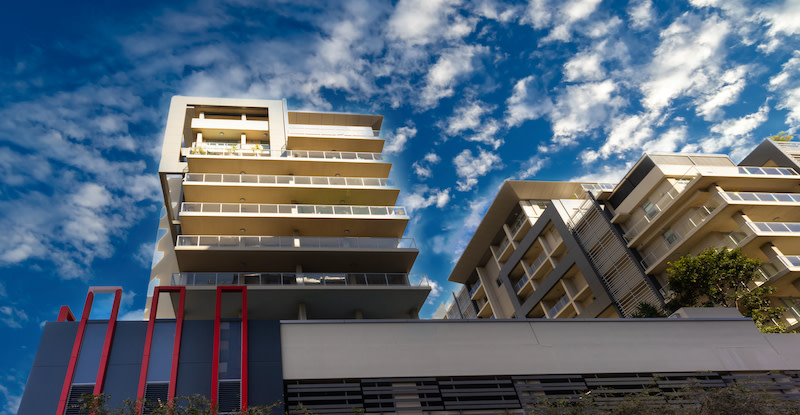Rightsizing Housing Supply Crucial to Defuse Affordability Crisis

More single occupant housing is needed to ensure Australia is rightsizing its housing demand into the future, according to a social and affordable housing peak body.
Census 2021 results have shown a sharp increase in the number of single person households as the average household size shrinks from 2.594 people per household in 2016 to 2.541 in 2021.
The number of people choosing to living in apartments continues its upward trend, now accounting for almost a third (30.9 per cent) of the increase in private homes since 2016.
More than 2.5 million people, about 10 per cent of the population, live in apartments.
PowerHousing Australia chief executive Nicholas Proud said that while the drop in household size seemed insignificant it was enough to drive demand for an additional 200,000 dwellings over the past five years.
“There is clearly a strong demand for new housing, but Australian housing construction also seems out of step with the reality of the needs of Australians,” Proud said.
“The Census reveals that three person and larger households have declined as a proportion of households. Couples have remained steady while single person households have notably increased, from 24.42 per cent of households in 2016 to 25.56 per cent of households in 2021.
“The proportion of houses with four or more bedrooms increased from 32.23 per cent in 2016 to 34.76 per cent in 2021.”
Proud said there were 77,429 new single bedroom homes added to the market over the past five years while there was an increase of 347,205 single person households, with demand outstripping supply by more than four times.
He said more than 1 million properties or just over 10 per cent were vacant on Census night, which Proud said was too high in a housing affordability crisis.
“The Census highlights the need to create affordable housing supply, particularly rental housing that is rightsized to Australia’s changing demographics,” he said.

“When there are so many people facing rental stress and homelessness, there is clearly a need to re-examine the types of housing being built.
“There is clearly a mismatch between the housing system that exists currently, and the expectations and needs of the community.
“The Census highlights the opportunities to right size existing housing supply, gear new housing construction toward smaller households and bring unoccupied housing online to alleviate Australia’s housing crisis.”
Census 2021 data revealed that during the past 25 years the number of homes owned outright had increased 10 per cent, while the number of homes owned with a mortgage doubled.
AMP chief economist Shane Oliver flagged high household debt and rising inflation as a potential cause for mortgage stress into the future.
Oliver said in 1990 the average household debt was $69 for every $100 of average household income after debt. This is now at $187 of debt for every $100 of after-tax income.
He said this was largely due to the escalating cost of property in addition to low interest rates, the deregulation of financial institutions making lending more competitive and a relaxation of attitudes toward debt.
But Oliver said while interest rate rises remained relatively muted debt serviceability was not a cause for concern.















